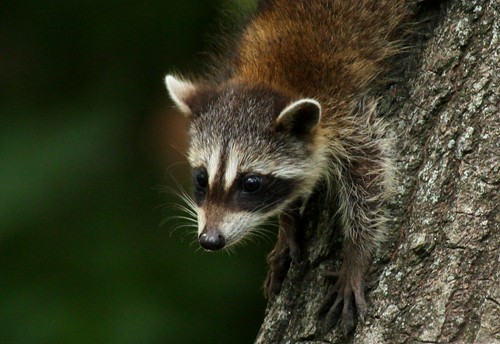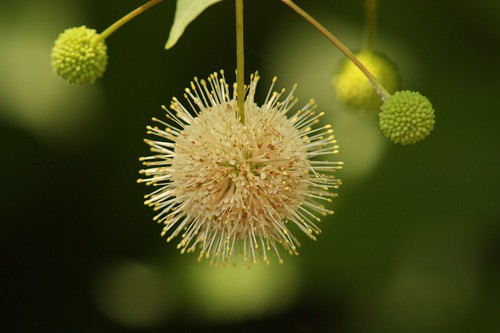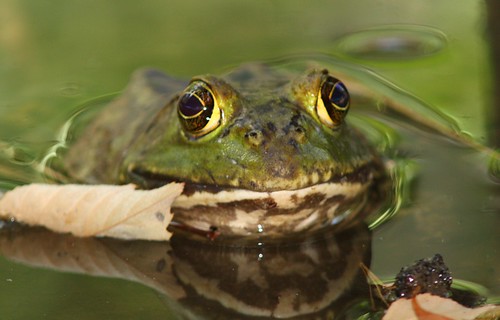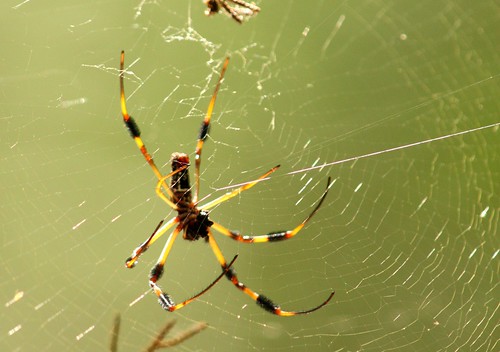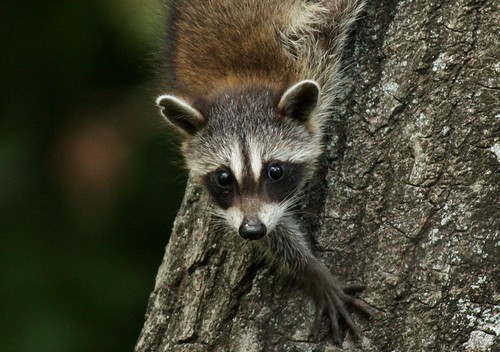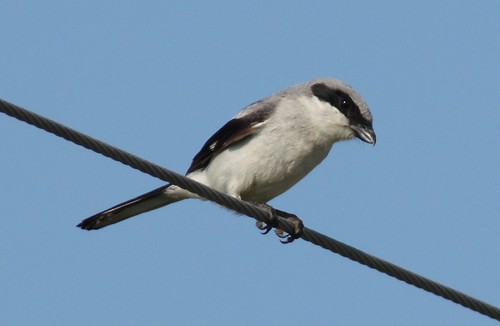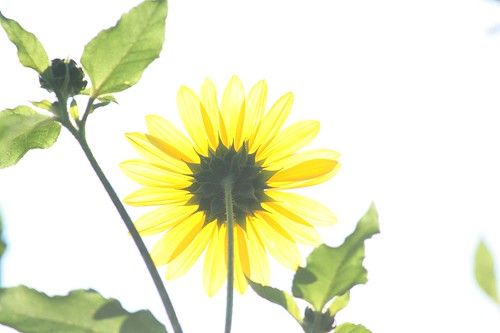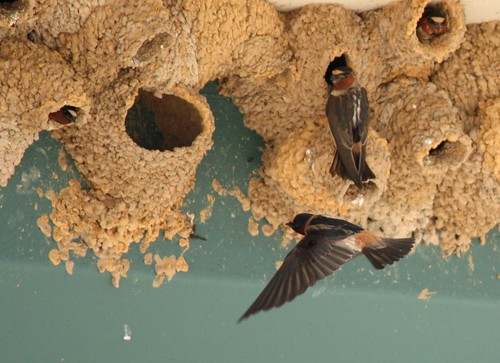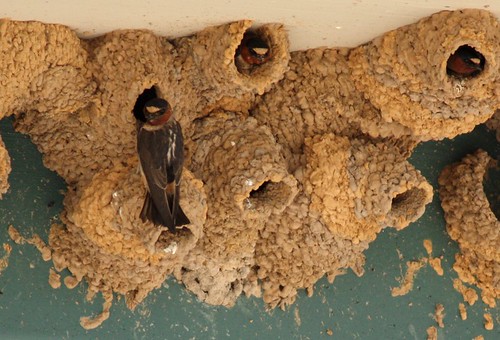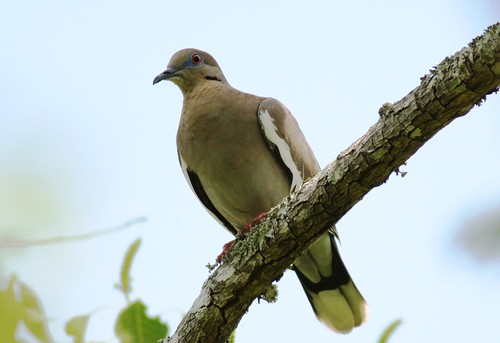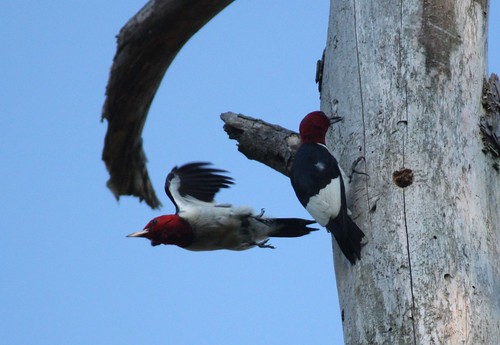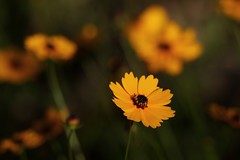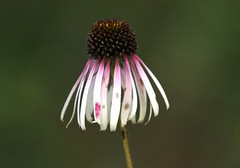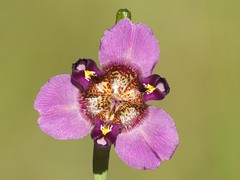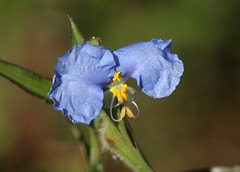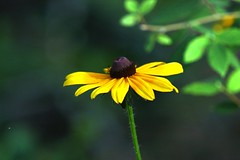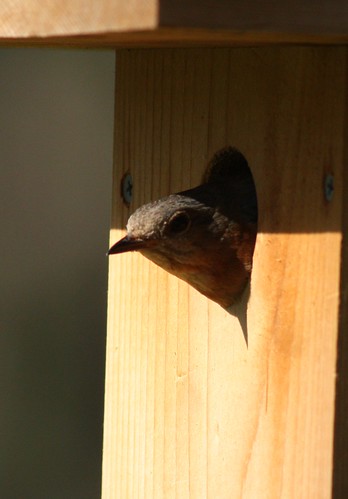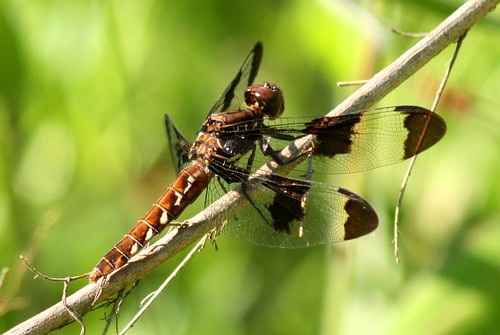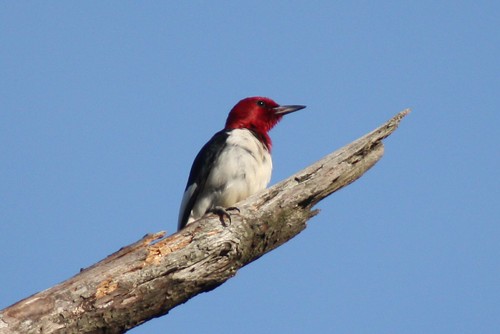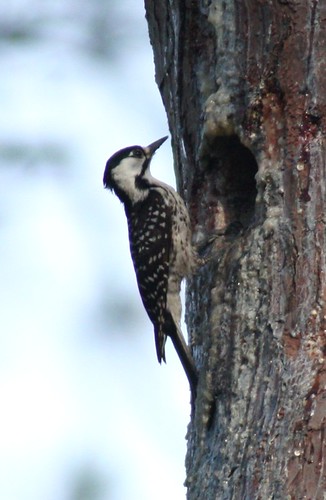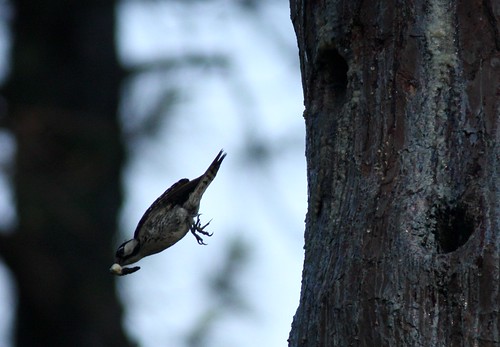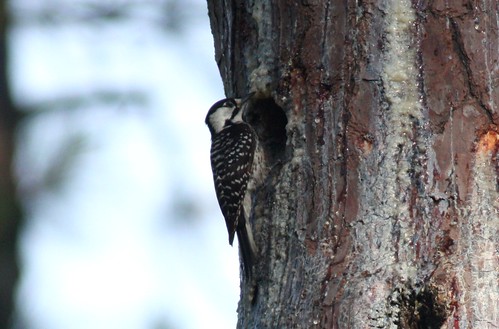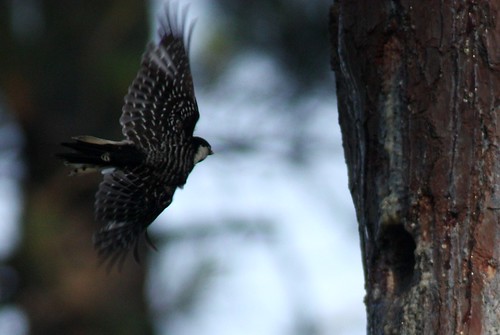Even though those visits to East Texas are far behind me, I get to see plenty of cardinals and more than a few chickadees on a fairly regular basis, and they still hold a special place in my mind. But those hummingbirds of my childhood visits seem more magical than simple memory, especially since I so seldom see them now. And until recently, even the few that I have managed to see have eluded my camera lens.
Luckily for me, that changed a few weeks ago with a trip down to the Quintana Neotropical Bird Sanctuary. After seeing several common and expected birds (mockingbirds, grackles and the like), I spotted something new (for me) to the area.
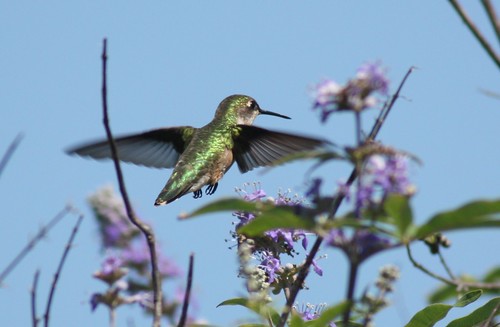
Ruby-throated Hummingbird (Archilochus colubris)
Off through the branches of the nearest tree I spotted something small and decidedly non-butterfly-ish hovering over a cluster of purple blooms. Hummingbird! I snapped a few hurried shots as quickly as possible before it moved off, out of my line of view.
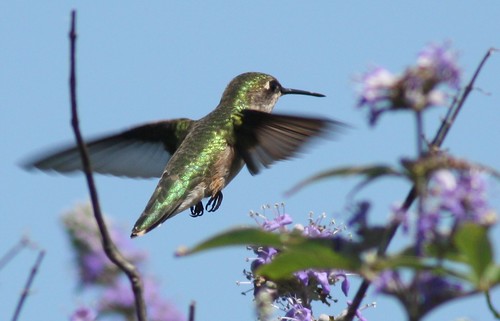
I waited a while in eager anticipation, but the little hummer didn't reappear, so finally I moved on. The morning brought a few more pleasant surprises, but no more sign of hummingbirds.
Now, the Quintana site is relatively small — a single block of the small township — but often full of surprises. I was given some excellent advice on my first visit there: don't give up until you have been around the short walking trail at least twice in a row with no new sightings. And sure enough, as I made what I expected to be my last slow circuit on this particular morning, something buzzed across the trail so close in front of me that I instinctively ducked. Expecting a wasp or horsefly or the like, I turned just in time to catch the culprit as she landed daintily on the tip of a slender branch nearby.
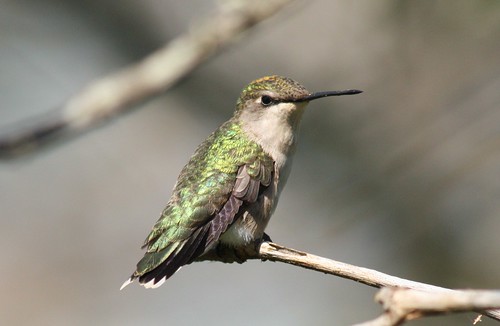
There she sat in all her beautiful, shimmering glory, with a soft orange dusting of pollen crowning her lovely head. I stood stock still, just watching for a couple of minutes — lost in those magical memories of childhood — before I even thought to slowly bring my camera up and start shooting. Luckily for me, this little lady was quite content to sit and rest for a bit. Most of the time she had her head turned away from me — I'm not even sure if she knew I was there for a while. When she did turn my way, she seemed to size me up rather succinctly and then gave me a little head-cock as if to grant permission for a few more clicks of the shutter.

Click image for full-size detail
Moments later she was gone in a blur, but the magic remained. And in my mind I was back in East Texas, standing on tippy-toes and straining to see those magical hovering fairies that lived outside Mammaw's kitchen window.
For more great bird photos from around the world, check out Bird Photography Weekly #44.

